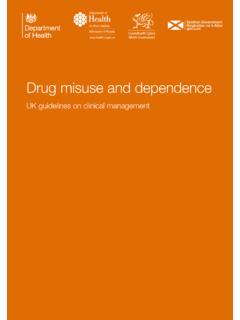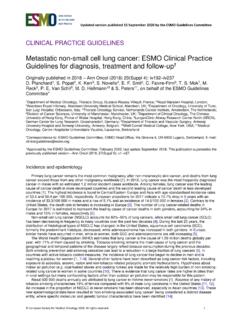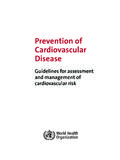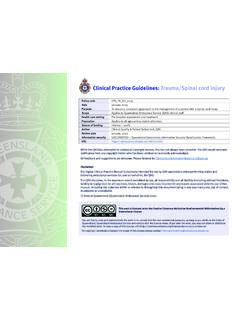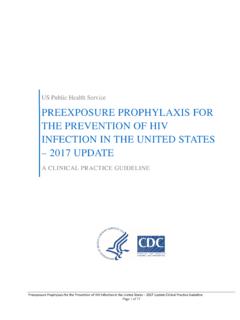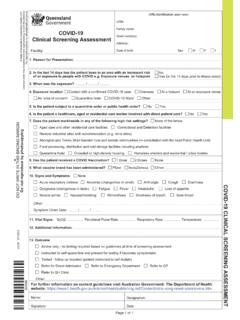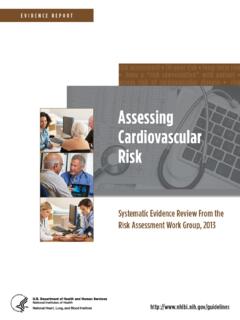Transcription of Clinical Practice Guidelines for Quality Palliative Care
1 Clinical PracticeGuidelinesfor Quality Palliative care 4th editionPublisher: National Coalition for Hospice and Palliative care Clinical Practice Guidelines for Quality Palliative care , 4th editionCopyright 2018 National Coalition for Hospice and Palliative CareThis publication is copyrighted. We are making such material available in our efforts to advance understanding of issues related to hospice and Palliative care . No part of this publication may be reproduced, stored in a retrieval system, or transmitted in any form or by any means, mechanical, electronic, photocopying, recording or otherwise, without prior written permission of the : The National Coalition for Hospice and Palliative care assumes no responsibility or liability for any errors or omissions in the National Consensus Project s Clinical Practice Guidelines for Quality Palliative care , 4th edition.
2 The information contained is provided on an as is basis with no guarantees of completeness, accuracy, usefulness or timeliness and without any warranties of any kind whatsoever, express or implied. The information is intended for non-commercial use for the user who accepts full responsibility for its use. While the National Coalition for Hospice and Palliative care has taken every precaution to ensure that the content is current and accurate, errors can occur. Adherence to these Guidelines will not ensure successful treatment in every situation. Furthermore, these Guidelines should not be interpreted as setting a standard of care , considered to be medical advice, or be deemed inclusive of all proper methods of care nor exclusive of other methods of care reasonably directed to obtaining the same results.
3 The ultimate judgment regarding the propriety of any specific therapy must be made by the physician and/or health care provider and the patient in light of all the circumstances presented by the individual patient, and the known variability and biological behavior of the disease. These Guidelines reflect the best available data and information at the time the Guidelines were prepared. The results of future studies may require revisions to the recommendations in these Guidelines to reflect new data or # 978-0-692-17943-7 For information, contact: National Coalition for Hospice and Palliative care Box 29709 Richmond, VA 23242 Citation: National Consensus Project for Quality Palliative care .
4 Clinical Practice Guidelines for Quality Palliative care , 4th edition. Richmond, VA: National Coalition for Hospice and Palliative care ; 2018. of ContentsForeword iPalliative care ..iHistory of the National Consensus Project s Guidelines .. iiiNCP Guidelines , 4th edition .. vIntroduction to the 4th edition viiSummary of Key Revisions in Each Domain .. viiiSystematic Review of Key Research Evidence .. ixKey Concepts / Definitions.
5 IxUsing the NCP Guidelines .. xConclusion xiAcknowledgments xiiDomain 1: Structure and Processes of care 1 Guideline 1 .1 Interdisciplinary Team .. 1 Guideline 1 .2 Comprehensive Palliative care Assessment .. 2 Guideline 1 .3 Palliative care Plan .. 3 Guideline 1 .4 Continuity of Palliative care .. 5 Guideline 1 .5 care Settings .. 5 Guideline 1.
6 6 Interdisciplinary Team Education .. 6 Guideline 1 .7 Coordination of care and care Transitions .. 7 Guideline 1 .8 Emotional Support to the Interdisciplinary Team .. 7 Guideline 1 .9 Continuous Quality Improvement .. 7 Guideline 1 .10 Stability, Sustainability, and Growth .. 8 Clinical and Operational Implications .. 8 Essential Palliative care Skills Needed by All Clinicians .. 9 Key Research Evidence .. 9 Practice Examples .. 9 Domain 2: Physical Aspects of care 13 Guideline 2 .1 Global ..13 Guideline 2 .2 Screening and Assessment ..14 Guideline 2 .3 Treatment.
7 14 Guideline 2 .4 Ongoing care ..15 Clinical and Operational Implications ..16 Essential Palliative care Skills Needed by All Clinicians ..16 Key Research Evidence ..16 Practice Examples ..17 Domain 3: Psychological and Psychiatric Aspects of care 20 Guideline 3 .1 Global ..20 Guideline 3 .2 Screening and Assessment ..21 Guideline 3 .3 Treatment ..22 Guideline 3 .4 Ongoing care ..23 Clinical and Operational Implications ..23 Essential Palliative care Skills Needed by All Clinicians ..23 Key Research Evidence ..24 Practice Examples ..24 Domain 4: Social Aspects of care 26 Guideline 4.
8 1 Global ..26 Guideline 4 .2 Screening and Assessment ..27 Guideline 4 .3 Treatment ..28 Guideline 4 .4 Ongoing care ..28 Clinical and Operational Implications ..29 Essential Palliative care Skills Needed by All Clinicians ..29 Key Research Evidence ..29 Practice Examples ..30 Domain 5: Spiritual, Religious, and Existential Aspects of care 32 Guideline 5 .1 Global ..32 Guideline 5 .2 Screening and Assessment ..33 Guideline 5 .3 Treatment ..34 Guideline 5 .4 Ongoing care ..34 Clinical and Operational Implications ..35 Essential Palliative care Skills Needed by All Clinicians.
9 35 Key Research Evidence ..35 Practice Examples ..35 Domain 6: Cultural Aspects of care 38 Guideline 6 .1 Global ..38 Guideline 6 .2 Communication and Language ..39 Guideline 6 .3 Screening and Assessment ..40 Guideline 6 .4 Treatment ..41 Clinical and Operational Implications ..42 Essential Palliative care Skills Needed by All Clinicians ..42 Key Research Evidence ..42 Practice Examples ..43 Table of ContentsDomain 7: care of the Patient Nearing the End of Life 45 Guideline 7 .1 Interdisciplinary Team ..45 Guideline 7 .2 Screening and Assessment.
10 46 Guideline 7 .3 Treatment Prior to Death ..47 Guideline 7 .4 Treatment During the Dying Process and Immediately After Death ..47 Guideline 7 .5 Bereavement ..48 Clinical and Operational Implications ..49 Essential Palliative care Skills Needed by All Clinicians ..49 Key Research Evidence ..50 Practice Examples ..50 Domain 8: Ethical and Legal Aspects of care 52 Guideline 8 .1 Global ..52 Guideline 8 .2 Legal Considerations ..53 Guideline 8 .3 Screening and Assessment ..55 Guideline 8 .4 Treatment and Ongoing Decision-Making ..56 Clinical and Operational Implications ..57 Essential Palliative care Skills Needed by All Clinicians.

